
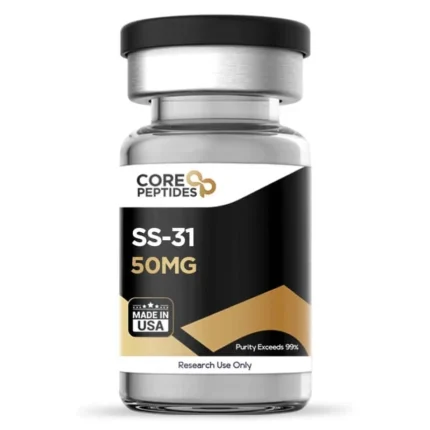
SNAP-8 (200mg)
£195.00 Original price was: £195.00.£176.00Current price is: £176.00.
Size: 200mg
Contents: SNAP-8
Form: Lyophilized powder
Purity: >99%
SKU: SNAP-8
FREE Shipping on $200+ orders
| Quantity | Discount | Price |
|---|---|---|
| 5 – 8 | 5% | $167.20 |
| 9 + | 10% | $158.40 |
SNAP-8 Peptide
Synaptosomal-associated protein 8, or the SNAP-8 peptide, is a synthetic octapeptide analog of the N-terminal end of the SNAP-25 peptide. The peptide is made of eight amino acids. It is acetylated at the N-terminus and amidated at the C-terminus, which leads to the following structure: Ac-Glu-Glu-Met-Gln-Arg-Arg-Ala-Asp-NH2.
Overview
This peptide was developed to compete with the SNAP-25 protein to bind with the vehicle-associated membrane proteins. The SNAP-25 protein, which stands for Synaptosomal-Associated Protein of 25 kDa, is considered a key component in neurotransmitter release. It normally interacts with vehicle-associated membrane proteins to facilitate the fusion of vesicles with the cell membrane, releasing their contents into the synaptic gap. Such a vesicle-associated membrane protein is thought to be synaptic vesicle protein Synaptotagmin 1 (Syt1). Synaptotagmin 1 (Syt1) serves as a calcium sensor and is deemed crucial for regulating neurotransmitter release in response to changes in calcium ion concentrations inside nerve cells.
Molecular docking experiments posited that SNAP-8 and other peptides might bind to the C2A–C2B interface, primarily driven by hydrophobic contacts, suggesting a plausible site for inhibitory action on Syt1. The C2A and C2B regions are parts of the protein structure of Synaptotagmin 1 involved in calcium binding and membrane interaction. The binding at this interface by SNAP-8 suggests that the peptide might interfere with Synaptotagmin 1’s ability to respond to calcium signals, potentially disrupting normal neurotransmission. Once the SNAP-8 peptide binds with these proteins, it appears to destabilize the formation of the Soluble N-ethylmaleimide-sensitive factor Attachment Protein Receptor (SNARE) complex.
The SNARE complex is instrumental in the docking and fusion of vesicles at the cell membrane. Destabilization of this complex may prevent the release of acetylcholine, reducing localized muscle contractions. Acetylcholine is a neurotransmitter involved in stimulating muscle contractions. Its reduced release may therefore lead to decreased muscle activity and reduced wrinkle depth. Ultimately, all these biological activities induced by SNAP-8 peptide may cause a reduction in lines and wrinkles.(1) Thus, the potential of SNAP-8 to interact at the molecular level with components of the neurotransmitter release mechanism showcases it may act as a modulator of neural and muscular function, specifically in experimental models of skin cell aging.
Chemical Makeup(2)
Molecular Formula: C41H70N16O6S
Molecular Weight: 1075.16 g/mol
Other Known Titles: SNAP-8 (Acetyl Glutamyl Heptapeptide-3), Synaptosomal-associated protein 8, Acetyl octapeptide-3
Research and Clinical Studies
SNAP-8 Peptide and Skin Wrinkling
A study(3) was conducted in 2021 to study the potential of the peptide on expression lines and wrinkles. In this double-blind, randomized clinical trial, 55 research models were observed. The entire cohort exhibited Fitzpatrick skin type I to VI, and were exposed either the peptide serum or a control compound twice a day for 12 weeks. Short-term peptide impact was measured 15 minutes after exposure, and long-term impact was measured at weeks 4, 8, and 12. After completing this study, it was observed that the peptide appeared to cause a notable reduction in the lines within 15 minutes after introduction. For long-term impact, it was suggested by the researchers that the peptide had the potential to induce significant skin improvement after 12 weeks.
In another clinical trial conducted in 2013,(4) scientists focused on the Argireline peptide, a synthetic analog of the N-terminal end of the SNAP-25 peptide, which was developed for anti-aging action within the cell by inhibiting the catecholamine release (as opposed to acetylcholine release). Since both peptides are similar in structure, this study’s results may reflect parallel actions of the SNAP-8 peptide. For this trial, 60 models were examined, of which 45 were presented with the peptide, and 15 were presented with a control compound. The peptide or the control was introduced every day for four weeks. After the completion of the study, it was reported that the peptide group appeared to have improved skin, with almost a 49% reduction in lines and decreased skin roughness. As per Yuan Wang et al.:
“In the subjective evaluation, the total anti-wrinkle efficacy in the argireline group was 48.9%, compared with 0% in the placebo group. In the objective evaluation, the parameters of roughness were all decreased in the argireline group (p < 0.01), while no decrease was obvious in the placebo group (p > 0.05).”
SNAP-8 Peptide and Skin Topography
A study(5) aimed to evaluate whether the SNAP-8 peptide might be incorporated into an oil and water emulsion form to understand the peptide’s stability. When the 10% peptide oil-in-water emulsion was evaluated over a month-long routine exposure, there appeared to be a ~30% reduction in the depth and appearance of wrinkles. Researchers suggest that the peptide potentially mimics the action of botulinum neurotoxins.(6)
SNAP-8 Peptide and SNARE Protein Complex
SNAP-8 peptide has shown the potential to reduce muscle contractions by modulating the SNARE protein complex. One study reported that the peptide appeared to reduce the release of glutamate amino acid by almost 43%. Researchers reportedly claimed that the SNAP-8 peptide might reduce wrinkles by an average of 35%, up to a maximum of 62%,(7) a notable improvement in skin texture.
References:
- Khavinson, V. K.h, Tarnovskaia, S. I., Lin’kova, N. S., Guton, E. O., & Elashkina, E. V. (2014). Advances in gerontology = Uspekhi gerontologii, 27(1), 108–114.
- Kozlov KL, Bolotov II, Linkova NS, Drobintseva AO, Khavinson VK, Dyakonov MM, Kozina LS. [Molecular aspects of vasoprotective peptide KED activity during atherosclerosis and restenosis]. Adv Gerontol. 2016;29(4):646-650. Russian. PMID: 28539025.
- Khavinson V, Ilina A, Kraskovskaya N, Linkova N, Kolchina N, Mironova E, Erofeev A, Petukhov M. Neuroprotective Effects of Tripeptides-Epigenetic Regulators in Mouse Model of Alzheimer’s Disease. Pharmaceuticals (Basel). 2021 May 27;14(6):515. doi: 10.3390/ph14060515. PMID: 34071923; PMCID: PMC8227791.
- Khavinson VK, Lin’kova NS, Umnov RS. Peptide KED: Molecular-Genetic Aspects of Neurogenesis Regulation in Alzheimer’s Disease. Bull Exp Biol Med. 2021 May;171(2):190-193. doi: 10.1007/s10517-021-05192-6. Epub 2021 Jun 26. PMID: 34173097.
- Khavinson VKh, Linkova NS, Polyakova VO, Kheifets OV, Tarnovskaya SI, Kvetnoy IM. Peptides tissue-specifically stimulate cell differentiation during their aging. Bull Exp Biol Med. 2012 May;153(1):148-51. doi: 10.1007/s10517-012-1664-1. PMID: 22808515.
- Meshchaninov VN, Tkachenko EL, Zharkov SV, Gavrilov IV, Katyreva IuE. [EFFECT OF SYNTHETIC PEPTIDES ON AGING OF PATIENTS WITH CHRONIC POLYMORBIDITY AND ORGANIC BRAIN SYNDROME OF THE CENTRAL NERVOUS SYSTEM IN REMISSION]. Adv Gerontol. 2015;28(1):62-7. Russian. PMID: 26390612.
Dr. Marinov
Dr. Marinov (MD, Ph.D.) is a researcher and chief assistant professor in Preventative Medicine & Public Health. Prior to his professorship, Dr. Marinov practiced preventative, evidence-based medicine with an emphasis on Nutrition and Dietetics. He is widely published in international peer-reviewed scientific journals and specializes in peptide therapy research.


MAECENAS IACULIS
Vestibulum curae torquent diam diam commodo parturient penatibus nunc dui adipiscing convallis bulum parturient suspendisse parturient a.Parturient in parturient scelerisque nibh lectus quam a natoque adipiscing a vestibulum hendrerit et pharetra fames nunc natoque dui.
ADIPISCING CONVALLIS BULUM
- Vestibulum penatibus nunc dui adipiscing convallis bulum parturient suspendisse.
- Abitur parturient praesent lectus quam a natoque adipiscing a vestibulum hendre.
- Diam parturient dictumst parturient scelerisque nibh lectus.
Scelerisque adipiscing bibendum sem vestibulum et in a a a purus lectus faucibus lobortis tincidunt purus lectus nisl class eros.Condimentum a et ullamcorper dictumst mus et tristique elementum nam inceptos hac parturient scelerisque vestibulum amet elit ut volutpat.
Related products
AICAR (50mg)
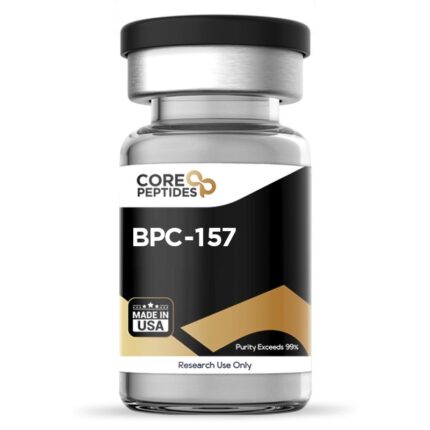

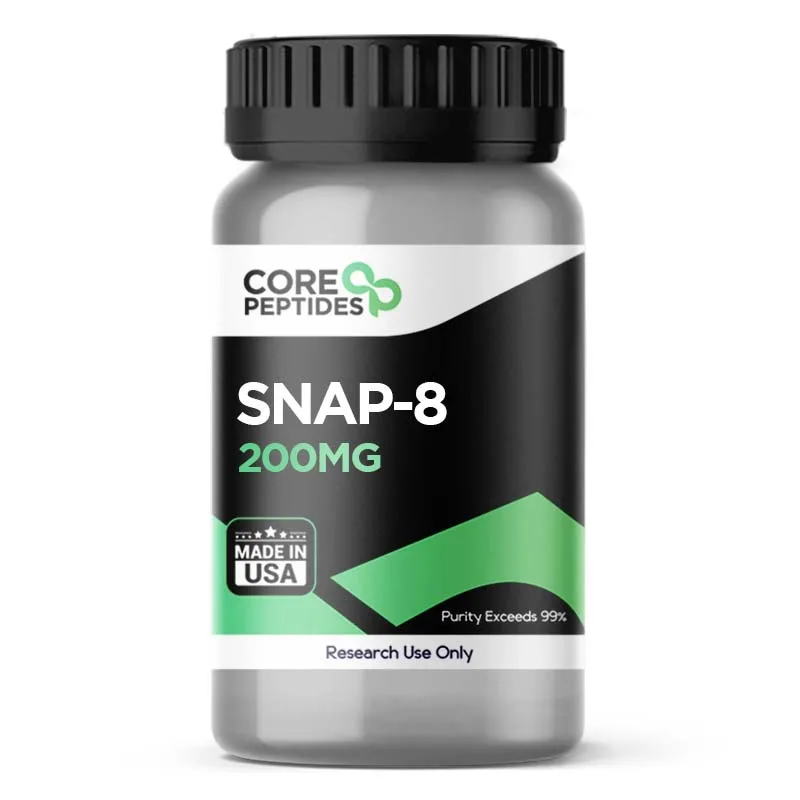
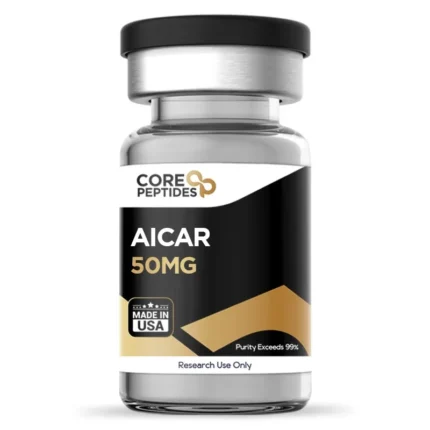
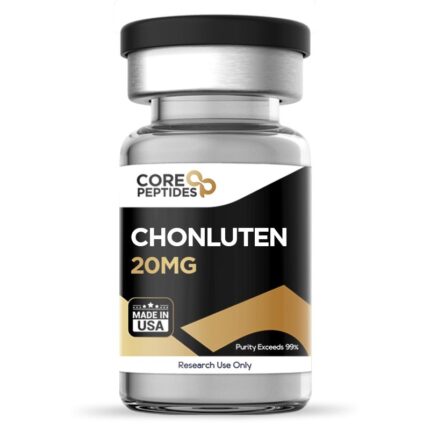
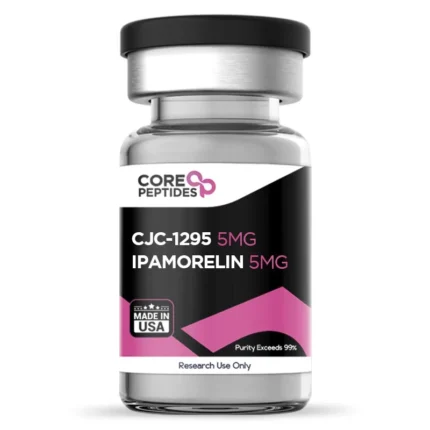
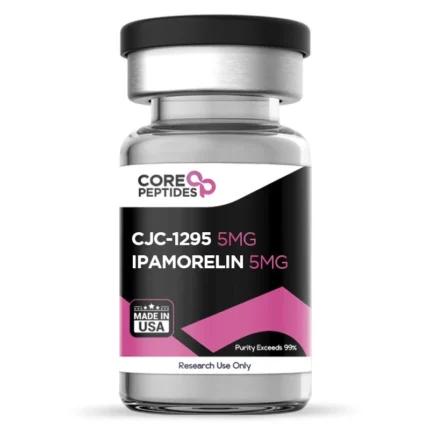
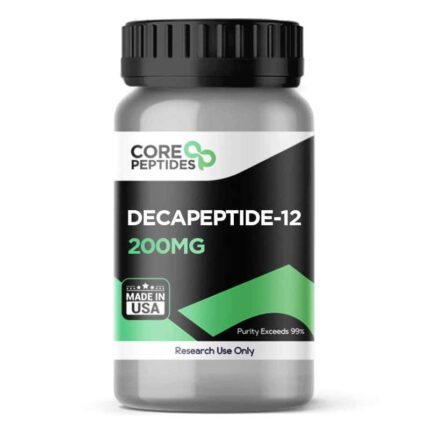
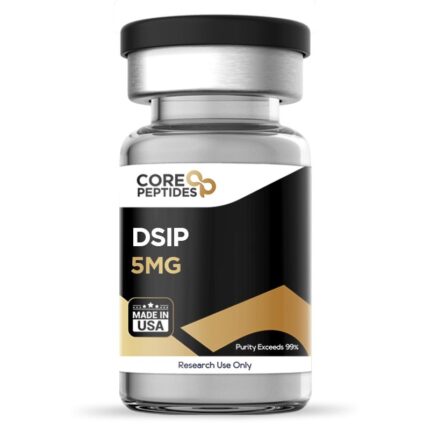

Reviews
There are no reviews yet.